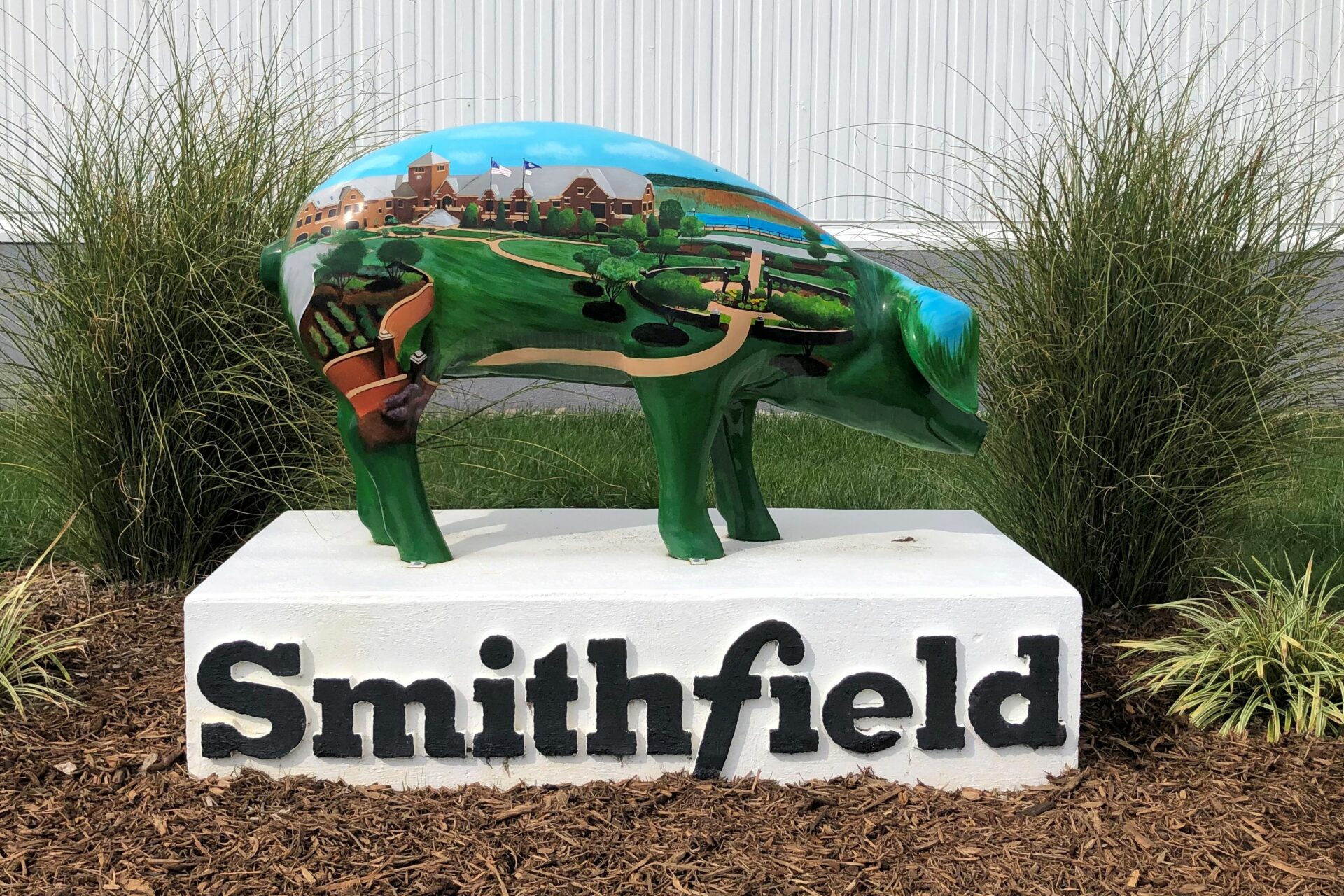Enhancing Hog Breeding with Artificial Intelligence
In the realm of agricultural technology, Smithfield Foods is pioneering the use of artificial intelligence (AI) to revolutionize hog breeding. Kent Gray, General Manager of Premium Genetics at Smithfield, is leading efforts to harness AI for more precise genetic selection, aiming to optimize the productivity of their livestock.
The Role of AI in Genetic Selection
At a recent Emerging Research Showcase hosted by the North Carolina Biotechnology Center, Gray detailed the complex task of managing Smithfield’s extensive breeding operations. The company handles around 865,000 sows, translating to 17 million market hogs annually. Traditional methods of data collection in this context are not only labor-intensive but also require a sophisticated understanding of animal genetics.
AI and machine learning are now playing a crucial role in interpreting vast amounts of genetic data. These technologies are instrumental in identifying the most promising animals based on various genetic markers. “Genetics is really based on data. We need to understand the data and utilize the data in order for us to be more accurate in identifying those animals that are best parents within the population,” Gray explained.
Implementing AI for Efficient Data Management
The labor challenges associated with traditional data capture methods are significant. It’s increasingly difficult to find skilled workers who can efficiently handle the volume of data necessary for optimal genetic selection. AI offers a solution by automating and refining the data analysis process, thus reducing the dependency on manual labor and enhancing the accuracy of genetic assessments.
Advanced AI Applications in Hog Breeding
Smithfield Foods is currently exploring several advanced applications of AI in hog breeding:
- Ultrasound Image Interpretation: Initially used to interpret ultrasound data for faster and non-invasive animal selection, AI helps determine vital metrics like back fat thickness and loin depth without harming the animals.
- Body Weight Estimation: Collaborating with Virginia Tech, Smithfield is developing AI models to estimate the weight of animals more accurately. This technology is crucial for improving the marketing and sale of hogs, though it might not yet be precise enough for genetic purposes.
- Testicular Ultrasound: Another collaborative effort with Virginia Tech focuses on using AI to perform ultrasounds on hog testicles. This helps in pre-selecting boars that are likely to be more reproductively efficient, thereby enhancing the breeding process.
Challenges and Future Directions
Despite the promising integration of AI, Smithfield faces several challenges. Data collection in farm environments, which are often dirty and lack high-speed internet, presents significant hurdles. Moreover, the equipment used, such as cameras, frequently encounters issues due to the conditions in these environments.
Looking forward, Gray is optimistic about the potential of AI beyond breeding programs. At Smithfield’s packing plants, AI could track and manage data throughout the entire processing chain, from identification at slaughter to tracking individual cuts of meat. This could revolutionize how Smithfield manages quality control and logistics, making the process more efficient and traceable.
Conclusion
Smithfield Foods’ adoption of AI in hog breeding is a testament to the transformative power of technology in agriculture. By automating complex data analysis and enhancing genetic selection, AI not only boosts productivity but also addresses significant labor challenges. As Smithfield continues to refine these technologies, the future of hog farming looks increasingly efficient and sustainable, promising better outcomes for both the producer and the consumer.
Related:
Debate Sparks Over China’s Smithfield Foods and EATS Act
Explore the implications of China’s Smithfield Foods pushing the EATS Act in Congress and its potential impact on the U.S.…
